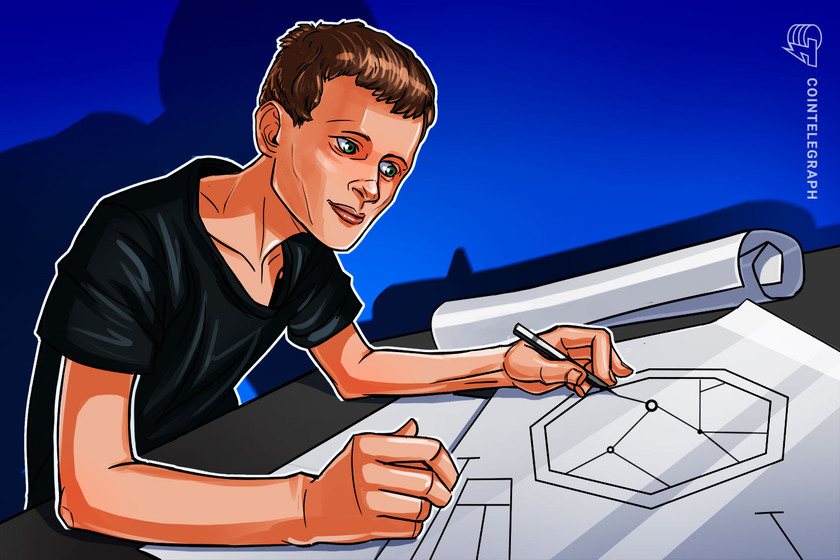Ethereum co-founder Vitalik Buterin has shared two thought experiments on how to evaluate whether an algorithmic (algo) stablecoin is sustainable.
Buterin’s comments were sparked by the multi-billion dollar losses caused by the collapse of the Terra ecosystem and its algo stablecoin TerraUSD (UST).
In a Wednesday blog post, Buterin noted that the increased amount of scrutiny placed on crypto and decentralized finance (DeFi) since the Terra crash is “highly welcome,” but he warned against writing off all algo-stablecoins entirely.
“What we need is not stablecoin boosterism or stablecoin doomerism, but rather a return to principles-based thinking,” he said:
“While there are plenty of automated stablecoin designs that are fundamentally flawed and doomed to collapse eventually, and plenty more that can survive theoretically but are highly risky, there are also many stablecoins that are highly robust in theory, and have survived extreme tests of crypto market conditions in practice.”
His blog focused on Reflexer’s fully Ether (ETH)-collateralized RAI stablecoin in particular, which isn’t pegged to the value of fiat currency and relies on algorithms to automatically set an interest rate, proportionally opposing price movements and incentivizing users to return RAI to its target price range.
Buterin stated that it “exemplifies the pure ‘ideal type’ of a collateralized automated stablecoin,” and its structure also gives users an opportunity to extract their liquidity in ETH if faith in the stablecoin crumbles significantly.
The Ethereum co-founder offered two thought experiments to determine if an algorithmic stablecoin is “truly a stable one.”
1: Can the stablecoin ‘wind down’ to zero users?
In Buterin’s view, if the market activity for a stablecoin project “drops to near zero,” users should be able to extract the fair value of their liquidity out of the asset.
Buterin highlighted that UST doesn’t meet this parameter due to its…
Click Here to Read the Full Original Article at Cointelegraph.com News…
























